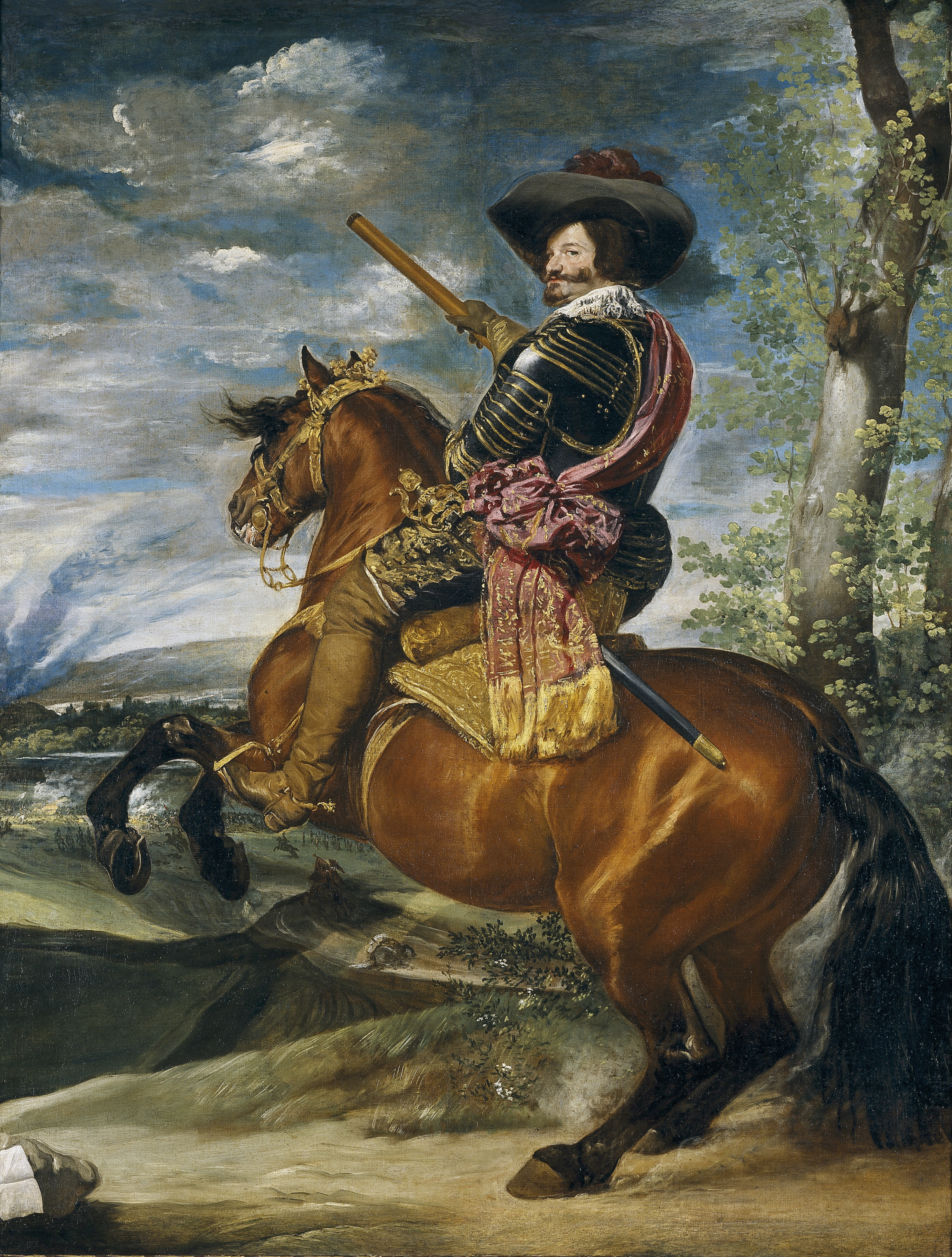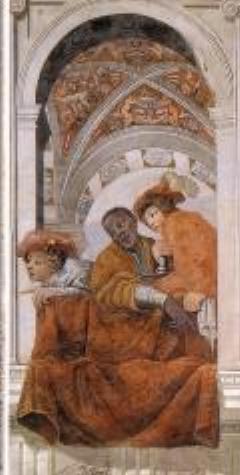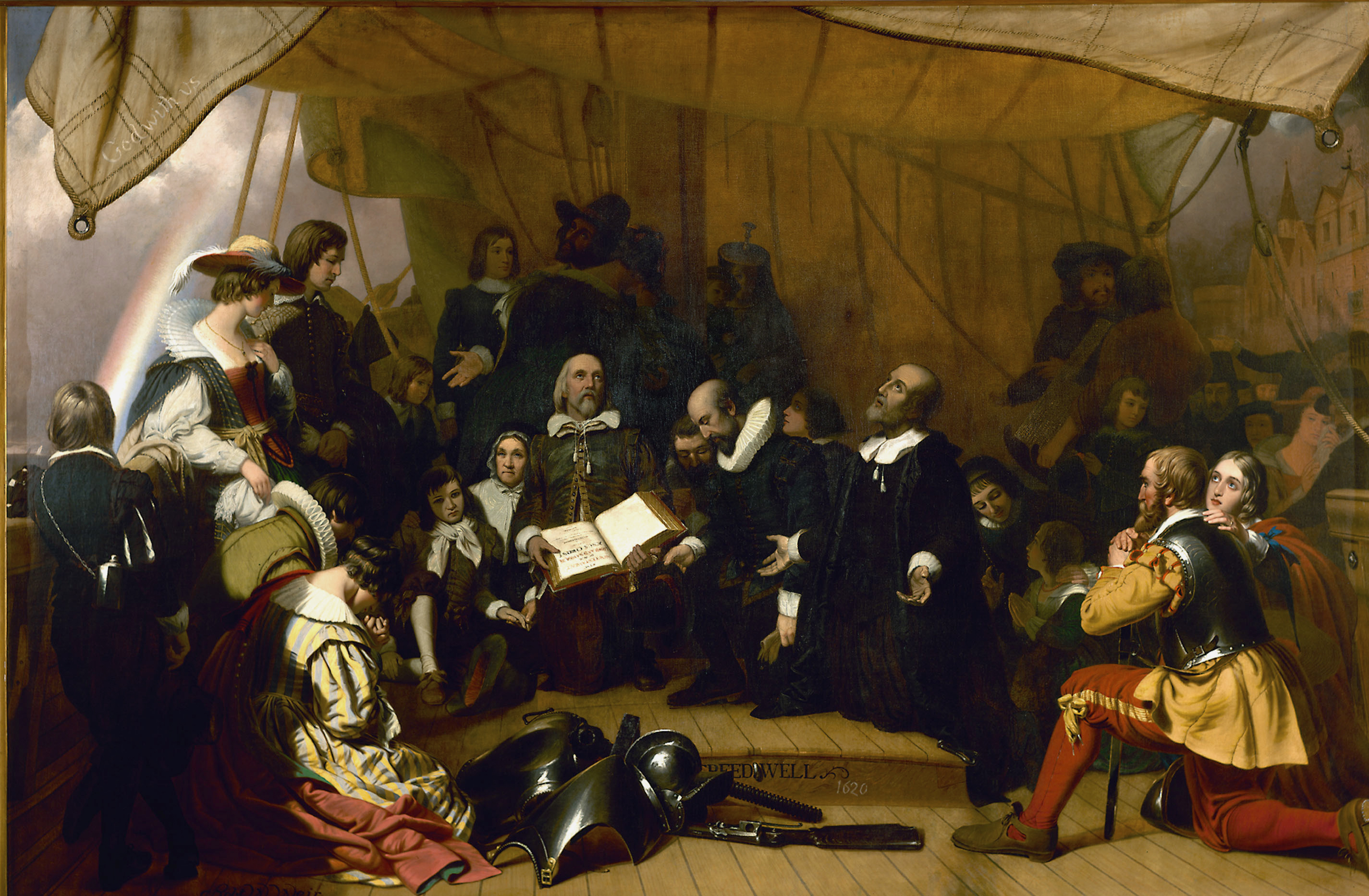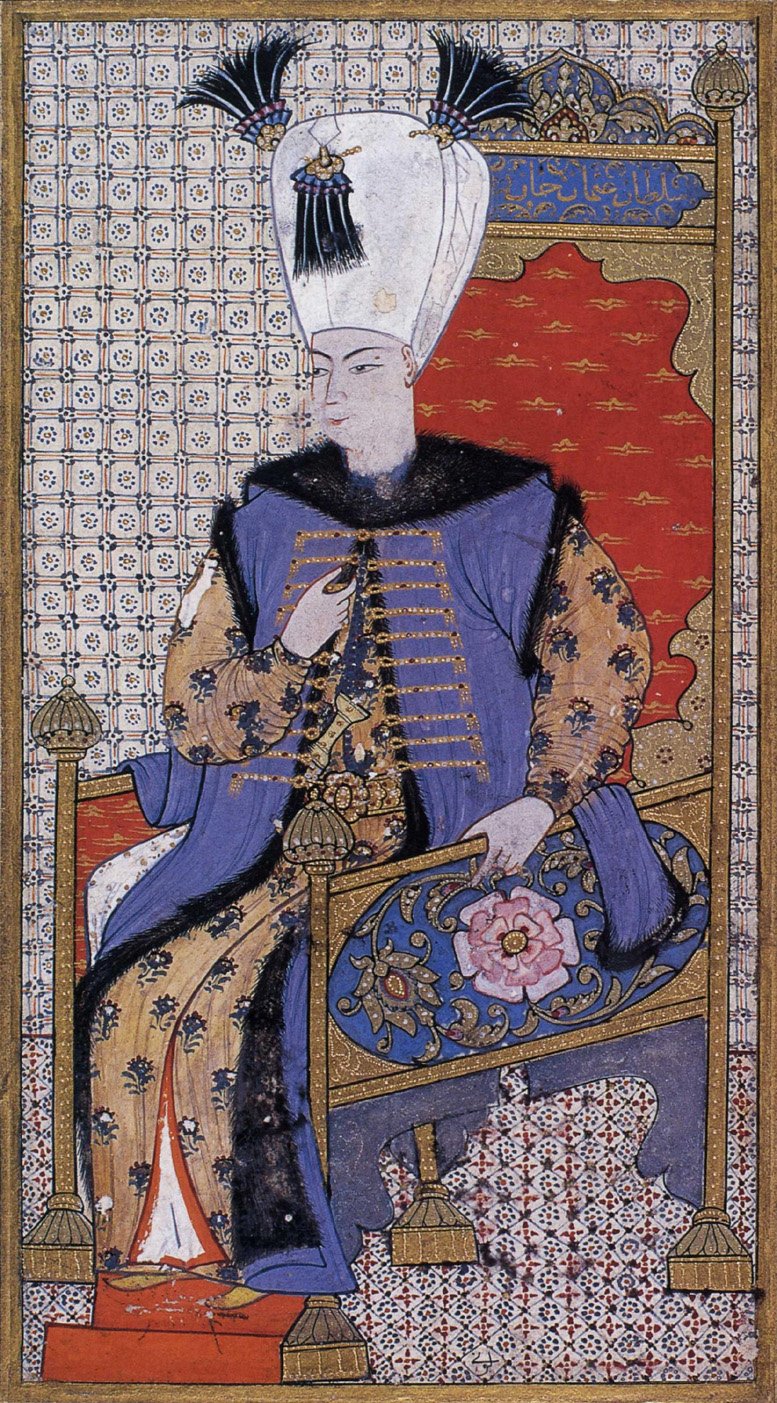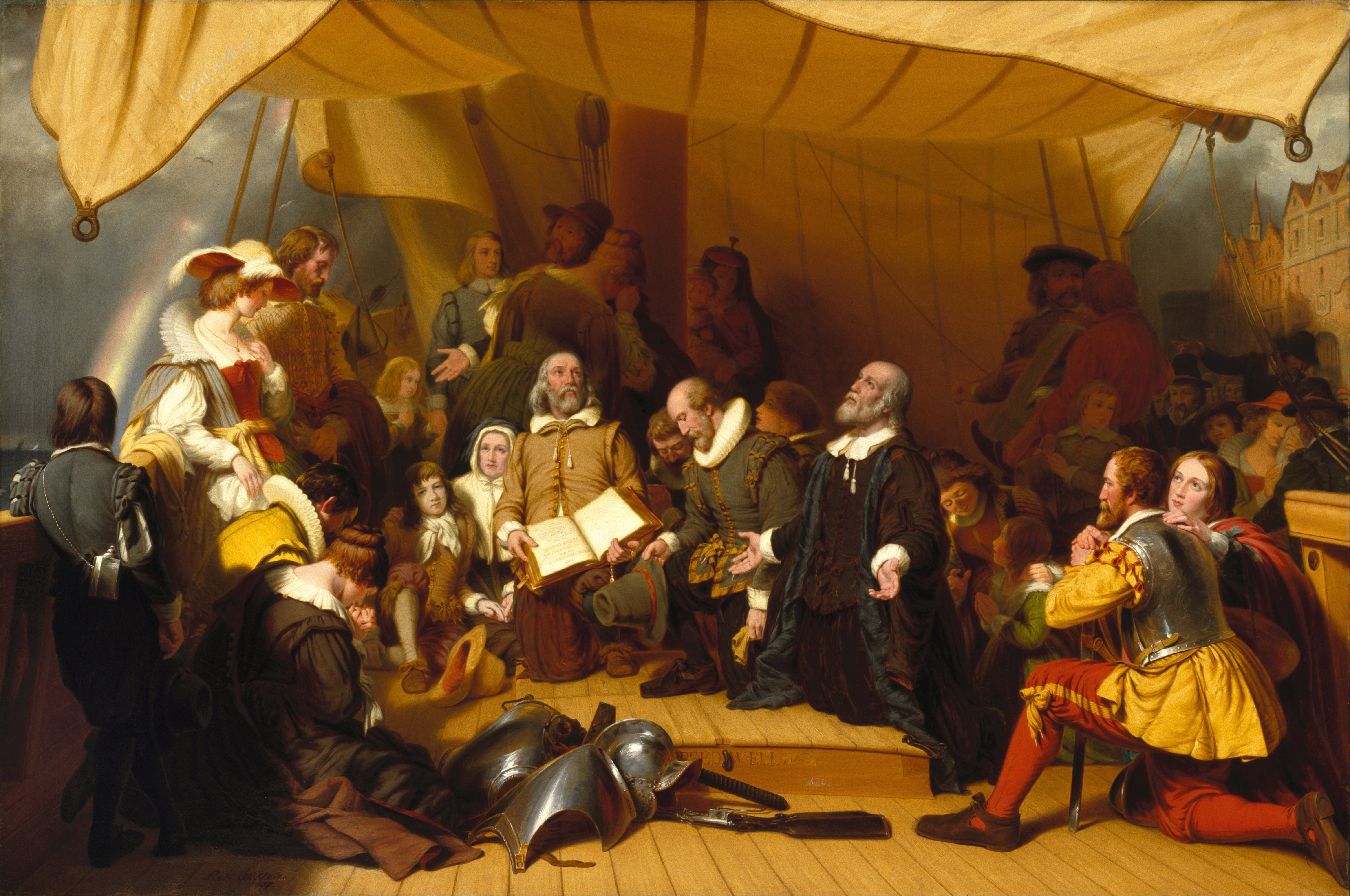|
1621
Events January–March * January 12 – Şehzade Mehmed, the 15-year old half-brother of Ottoman Sultan Osman II, is put to death by hanging on Osman's orders. Before dying, Mehmed prays aloud that Osman's reign as Sultan be ruined. * January 18 – The Dutch East India Company formally names its fortress at Jayakarta in Indonesia, calling it Batavia. Upon the independence of the Dutch East Indies as Indonesia in 1945, Batavia will be renamed Jakarta. * January 22 – The Tianqi era begins in Ming Dynasty China, six months after Zhu Changluo becomes the Taichang Emperor. * January 24 – Twelve days after the murder of Prince Mehmed on orders of Sultan Osman II, Constantinople is hit by bitter winter weather, leading to rioting by persons who believe that the punishment of Osman is the will of Allah. * January 28 – Pope Paul V (Camillo Borghese) dies at the age of 70 after 15 years as Pontiff. * January 29 – Ferdinand II, Holy Roman ... [...More Info...] [...Related Items...] OR: [Wikipedia] [Google] [Baidu] |
Philip IV Of Spain
Philip IV (, ; 8 April 160517 September 1665), also called the Planet King (Spanish: ''Rey Planeta''), was King of Spain from 1621 to his death and (as Philip III) King of Portugal from 1621 to 1640. Philip is remembered for his patronage of the arts, including such artists as Diego Velázquez, and his rule over Habsburg Spain, Spain during the Thirty Years' War. By the time of his death, the Spanish Empire had reached approximately 12.2 million square kilometres (4.7 million square miles) in area but in other aspects was in Decline of Spain, decline, a process to which Philip contributed with his inability to achieve successful domestic and military reform. He was succeeded on his death by his young son Charles II of Spain, Charles II as King of Spain and in 1640 (with the collapse of the Iberian Union) by John IV of Portugal, John IV as King of Portugal. Personal life Philip IV was born in the Royal Palace of Valladolid, and was the eldest son of Philip III of Spai ... [...More Info...] [...Related Items...] OR: [Wikipedia] [Google] [Baidu] |
Plymouth Colony
Plymouth Colony (sometimes spelled Plimouth) was the first permanent English colony in New England from 1620 and the third permanent English colony in America, after Newfoundland and the Jamestown Colony. It was settled by the passengers on the '' Mayflower'' at a location that had previously been surveyed and named by Captain John Smith. The settlement served as the capital of the colony and developed as the town of Plymouth, Massachusetts. At its height, Plymouth Colony occupied most of what is now the southeastern portion of Massachusetts. Many of the people and events surrounding Plymouth Colony have become part of American folklore, including the American tradition of Thanksgiving and the monument of Plymouth Rock. Plymouth Colony was founded by a group of Protestant Separatists initially known as the Brownist Emigration, who came to be known as the Pilgrims. The colony established a treaty with Wampanoag chief Massasoit which helped to ensure its success; in this ... [...More Info...] [...Related Items...] OR: [Wikipedia] [Google] [Baidu] |
Pope Gregory XV
Pope Gregory XV (; ; 9 January 1554 – 8 July 1623), born Alessandro Ludovisi, was the head of the Catholic Church and ruler of the Papal States from 9 February 1621 until his death in 1623. He is notable for founding the Congregation for the Propagation of the Faith, an organization tasked with overseeing the spread of Catholicism and missionary work. Gregory XV was also responsible for the canonization of Saints Ignatius of Loyola, Francis Xavier, Teresa of Ávila, and Philip Neri, which solidified his commitment to the Counter-Reformation. Biography Early life Alessandro Ludovisi was born in Bologna on 9 January 1554 to Pompeo Ludovisi, Count of Samoggia (now Savigno in the Province of Bologna) and Camilla Bianchini. He was the third of seven children. He was educated at the Collegio Romano, Roman College run by the Society of Jesus in Rome, and also at the German College in Rome. He later attended the University of Bologna to obtain degrees in Canon law (Catholic Church) ... [...More Info...] [...Related Items...] OR: [Wikipedia] [Google] [Baidu] |
Pope Paul V
Pope Paul V (; ) (17 September 1552 – 28 January 1621), born Camillo Borghese, was head of the Catholic Church and ruler of the Papal States from 16 May 1605 to his death, in January 1621. In 1611, he honored Galileo Galilei as a member of the papal Accademia dei Lincei and supported his discoveries. In 1616, Pope Paul V instructed Cardinal Robert Bellarmine to inform Galileo that the Copernican theory could not be taught as fact, but Bellarmine's certificate allowed Galileo to continue his studies in search for evidence and use the geocentric model as a theoretical device. That same year Paul V assured Galileo that he was safe from persecution so long as he, the Pope, should live. Bellarmine's certificate was used by Galileo for his defense at the trial of 1633. Trained in jurisprudence, Borghese was made Cardinal-Priest of Sant'Eusebio and the Cardinal Vicar of Rome by Pope Clement VIII. He was elected as Pope in 1605, following the death of Pope Leo XI. Pope ... [...More Info...] [...Related Items...] OR: [Wikipedia] [Google] [Baidu] |
Papal Conclave, 1621
The 1621 papal conclave held from 8 to 9 February 1621, Cardinal Alessandro Ludovisi was elected to succeed Paul V as pope. Ludovisi took the name Gregory XV. It was the shortest conclave in the seventeenth century. Death of Paul V Pope Paul V died on January 28, 1621, in the 16th year of his pontificate. At the time of his death, there were seventy cardinals in the Sacred College, but only sixty nine were valid electors. Fifty one of them participated in the election of the new Pope. Factions in the Sacred College There were three main parties in the Sacred College, with cardinal-nephews of the deceased Popes as leaders:Vatican History * Borghesian party – the faction of Cardinal Borghese, nephew of Pope Paul V. It grouped twenty nine cardinals created by this Pontiff. * Clementine party – It grouped thirteen cardina ... [...More Info...] [...Related Items...] OR: [Wikipedia] [Google] [Baidu] |
Myles Standish
Myles Standish ( – October 3, 1656) was an English military officer and colonist. He was hired as military adviser for Plymouth Colony in present-day Massachusetts, United States by the Pilgrims (Plymouth Colony), Pilgrims. Standish accompanied the Pilgrims on the ship ''Mayflower'' and played a leading role in the administration and defense of Plymouth Colony from its foundation in 1620.Philbrick, p. 84. On February 17, 1621, the Plymouth Colony militia elected him as its first commander and continued to re-elect him to that position for the remainder of his life.Philbrick, p. 88. Standish served at various times as an agent of Plymouth Colony on a return trip to England, as assistant governor of the colony, and as its treasurer. A defining characteristic of Standish's military leadership was his proclivity for preemptive action. He led at least two attacks or small skirmishes against Native Americans in the United States, Native Americans in a raid on the village of Nemaske ... [...More Info...] [...Related Items...] OR: [Wikipedia] [Google] [Baidu] |
Wampanoag People
The Wampanoag, also rendered Wôpanâak, are a Native American people of the Northeastern Woodlands currently based in southeastern Massachusetts and formerly parts of eastern Rhode Island.Salwen, "Indians of Southern New England and Long Island," p. 171. Their historical territory includes the islands of Martha's Vineyard and Nantucket. Today, two Wampanoag tribes are federally recognized: * Mashpee Wampanoag Tribe * Wampanoag Tribe of Gay Head (Aquinnah). Herring Pond Tribe is a historical Wampanoag Tribe located in Plymouth and Bourne, Massachusetts The Wampanoag language, also known as Massachusett, is a Southern New England Algonquian language. Prior to English contact in the 17th century, the Wampanoag numbered as many as 40,000 people living across 67 villages composing the Wampanoag Nation. These villages covered the territory along the east coast as far as Wessagusset (today called Weymouth), all of what is now Cape Cod and the islands of Natocket and Noepe ( ... [...More Info...] [...Related Items...] OR: [Wikipedia] [Google] [Baidu] |
Taichang Emperor
The Taichang Emperor (28 August 1582 – 26 September 1620), also known by his temple name as the Emperor Guangzong of Ming, personal name Zhu Changluo, was the 15th List of emperors of the Ming dynasty, emperor of the Ming dynasty. He was the eldest son of the Wanli Emperor and succeeded his father as emperor in 1620. However, his reign came to an abrupt end less than one month after his enthronement when he was found dead one morning in the palace following a bout of diarrhea. His reign was the shortest in Ming history. The Taichang Emperor was born in 1582, during the tenth year of the Wanli Emperor's reign. His mother, Empress Dowager Wang (Taichang), Lady Wang, was a servant of the emperor's mother. Lady Wang was promoted, but did not gain the favor of the Wanli Emperor, and the emperor ignored their son. Instead, the Wanli Emperor showed preference towards Zhu Changxun, the son of his favorite concubine, Noble Consort Zheng, Lady Zheng. The Wanli Emperor intended to appoin ... [...More Info...] [...Related Items...] OR: [Wikipedia] [Google] [Baidu] |
Osman II
Osman II ( ''‘Osmān-i sānī''; ; 3 November 1604 – 20 May 1622), also known as Osman the Young (), was the sultan of the Ottoman Empire from 26 February 1618 until his regicide on 20 May 1622. Early life Osman II was born at Topkapı Palace, Constantinople, the son of Sultan Ahmed I (1603–17) and one of his consorts Mahfiruz Hatun. According to later traditions, at a young age, his mother had paid a great deal of attention to Osman's education, as a result of which Osman II became a known poet and was believed to have mastered many languages, including Arabic, Persian, Greek, Latin, and Italian; although this has since been refuted. Osman was born eleven months after his father Ahmed's transition to the throne. He was trained in the palace. According to foreign observers, he was one of the most cultured of Ottoman princes. Osman's failure to capture the throne at the death of his father Ahmed might have been caused by the absence of a mother to lobby in hi ... [...More Info...] [...Related Items...] OR: [Wikipedia] [Google] [Baidu] |
Şehzade Mehmed (son Of Ahmed I)
Şehzade Mehmed (; 11 March 1605 – 12 January 1621) was an Ottoman prince and the second son of Sultan Ahmed I, but his first with Kösem Sultan, Ahmed's favorite concubine, Haseki and probably legal wife. Life Şehzade Mehmed was born on 11 March 1605 in Istanbul. He was the second son of his father Sultan Ahmed I and the first of his mother Kösem Sultan, Ahmed's Haseki sultan. In January 1609, Mehmed began his education under the guardianship of Hoca Ömer Efendi, together with his elder half brother, Şehzade Osman (future Sultan Osman II). After his father's death in 1617, when Mehmed was twelve years old, his uncle Sultan Mustafa I ascended the throne. However, he was soon deposed and replaced by Osman in 1618. Death Osman had asked the Şeyhülislam Hocazade Esad Efendi for an affirmative legal opinion to execute his brother. However, Esad Efendi refused to issue legal opinion. The Chief Judge of Rumeli Kemaleddin Efendi instead affirmed the execution of the prince. ... [...More Info...] [...Related Items...] OR: [Wikipedia] [Google] [Baidu] |
Massasoit
Massasoit Sachem ( ) or Ousamequin (1661)"Native People" (page), "Massasoit (Ousamequin) Sachem" (section),''MayflowerFamilies.com'', web pag was the sachem or leader of the Wampanoag confederacy. ''Massasoit'' means ''Great Sachem''. Although Massasoit was only his title, English colonists mistook it as his name and it stuck. Massasoit's people had been seriously weakened by a series of epidemics and were vulnerable to attacks by the Narragansetts, and he formed an alliance with the colonists at Plymouth Colony for defense against them. It was through his assistance that the Plymouth Colony avoided starvation during the early years. English at Plymouth At the time of the pilgrims' arrival in Plymouth, the realm of the Wampanoag, also known as the Pokanokets, included parts of Rhode Island and much of southeastern Massachusetts. Massasoit lived in Sowams, a village at Pokanoket in Warren, Rhode Island. He held the allegiance of lesser Pokanoket sachems. In 1621, he sent Squa ... [...More Info...] [...Related Items...] OR: [Wikipedia] [Google] [Baidu] |
Pilgrim Fathers
The Pilgrims, also known as the Pilgrim Fathers, were the English settlers who travelled to North America on the ship ''Mayflower'' and established the Plymouth Colony at what now is Plymouth, Massachusetts, United States. John Smith had named this territory New Plymouth in 1620, sharing the name of the Pilgrims' final departure port of Plymouth, Devon, England. The Pilgrims' leadership came from religious congregations of Brownists or Separatists who had fled religious persecution in England for the tolerance of 17th-century Holland in the Netherlands. These Separatists held many of the same Calvinist religious beliefs as Puritans, but unlike Puritans (who wanted a purified established church), Pilgrims believed that their congregations should separate from the Church of England, which led to their being labelled Separatists. After several years of living in exile in Holland, they determined to establish a new settlement in the New World and arranged with investors to fund ... [...More Info...] [...Related Items...] OR: [Wikipedia] [Google] [Baidu] |

